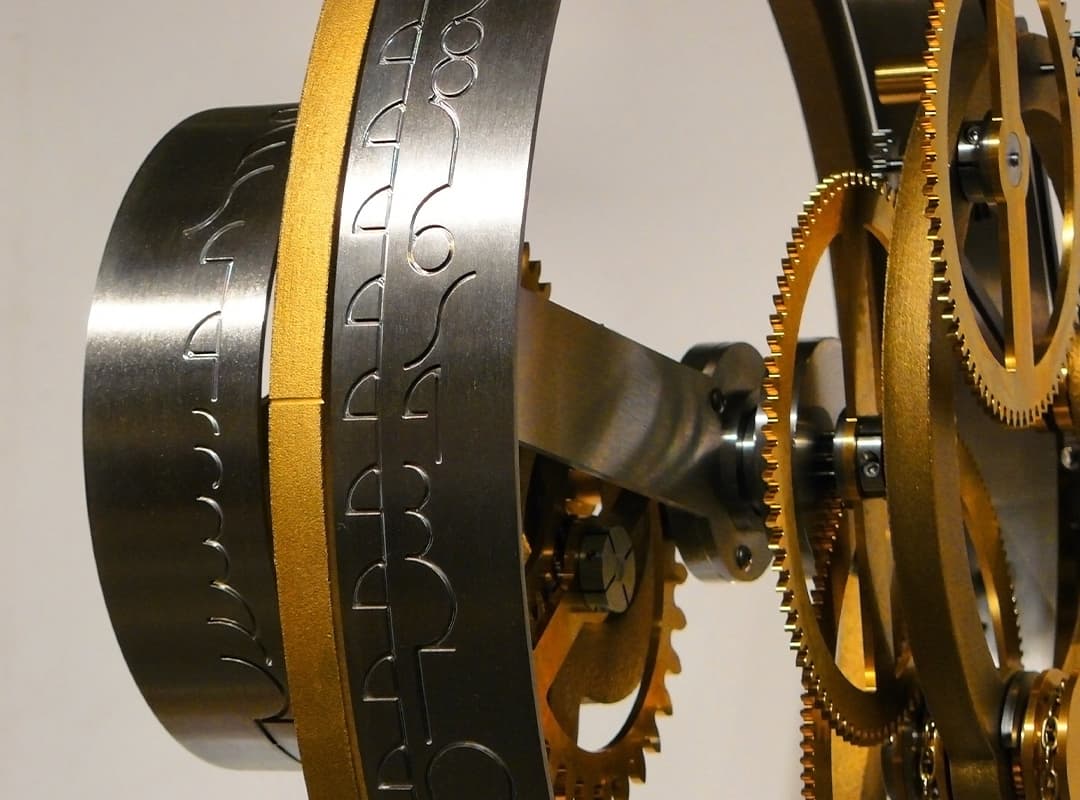Experimental dynamic analysis may require non-contact measurement methods to avoid modifying the basic physical characteristics of certain types of prototypes or models, such as fairly flexible scale models where additional stiffnesses and masses can be introduced by traditional transducers and their wiring.
The measurement method based on computer vision techniques described in this paper is derived from the need to measure the motions of scale models of offshore structures, which are typically developed and validated by the Laboratory for Dynamic Analysis of Structures and Signal and Image Processing (LADEPIS) from the Federal University of Rio de Janeiro (COPPE/UFRJ). This laboratory has developed a draft measurement methodology based on the acquisition and frame processing of television images corresponding to mechanical systems in vibration.
The basic idea is to characterize some spots on the surface of the mechanical system that differ from the rest of the image by differences in light intensity. These spots are called “virtual sensors” here. This expression is used in contrast to traditional sensors, such as accelerometers, which are commonly used to measure motions in experimental mechanics. Virtual sensors can be identified either by drawing small spots on the surface of a structural element or by gluing small pieces of paper or other type of adhesive material, making sure that the light intensity is significantly different from the light intensity of the rest of the image.
Virtual sensors have a number of advantages: their weight is amortized; they are easy to manipulate; they do not change the physical characteristics of the structure; they have no wiring; they cost practically nothing.
After the characteristics of the virtual sensors are determined, the image frames corresponding to the vibrating mechanical system are digitized and processed by a computer. The image elements (“pixels”) that correspond to the virtual sensor are then separated from the rest of the image by intervention, first by processing that enhances the contrast and then by bitwise analysis. the image stored in the computer’s memory. The position of the geometric center of the virtual sensor is then calculated for any frame of the image, and the actual movements of the structure are determined using a scaling factor that establishes a relationship between the pixel positions and the actual motion coordinates.
